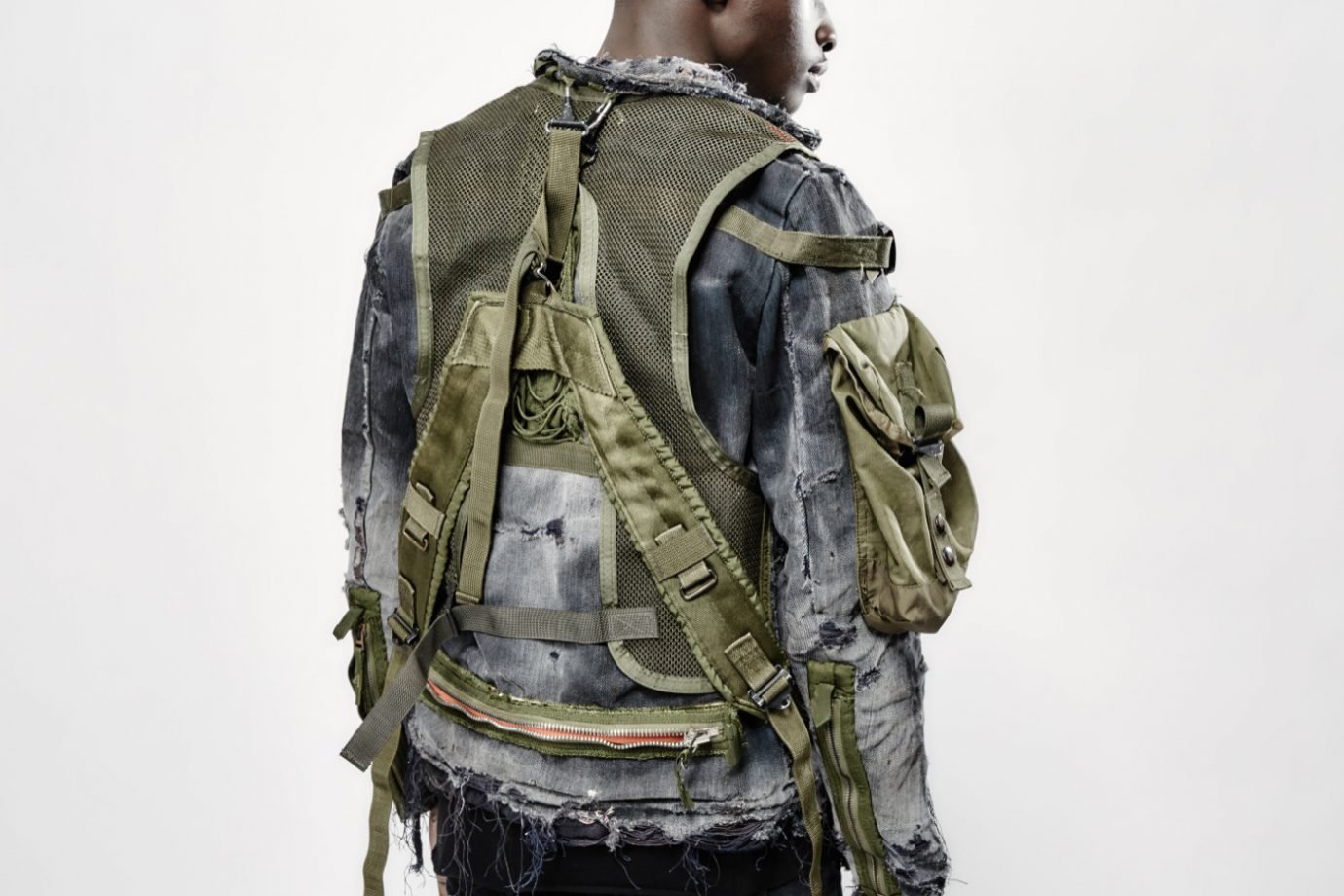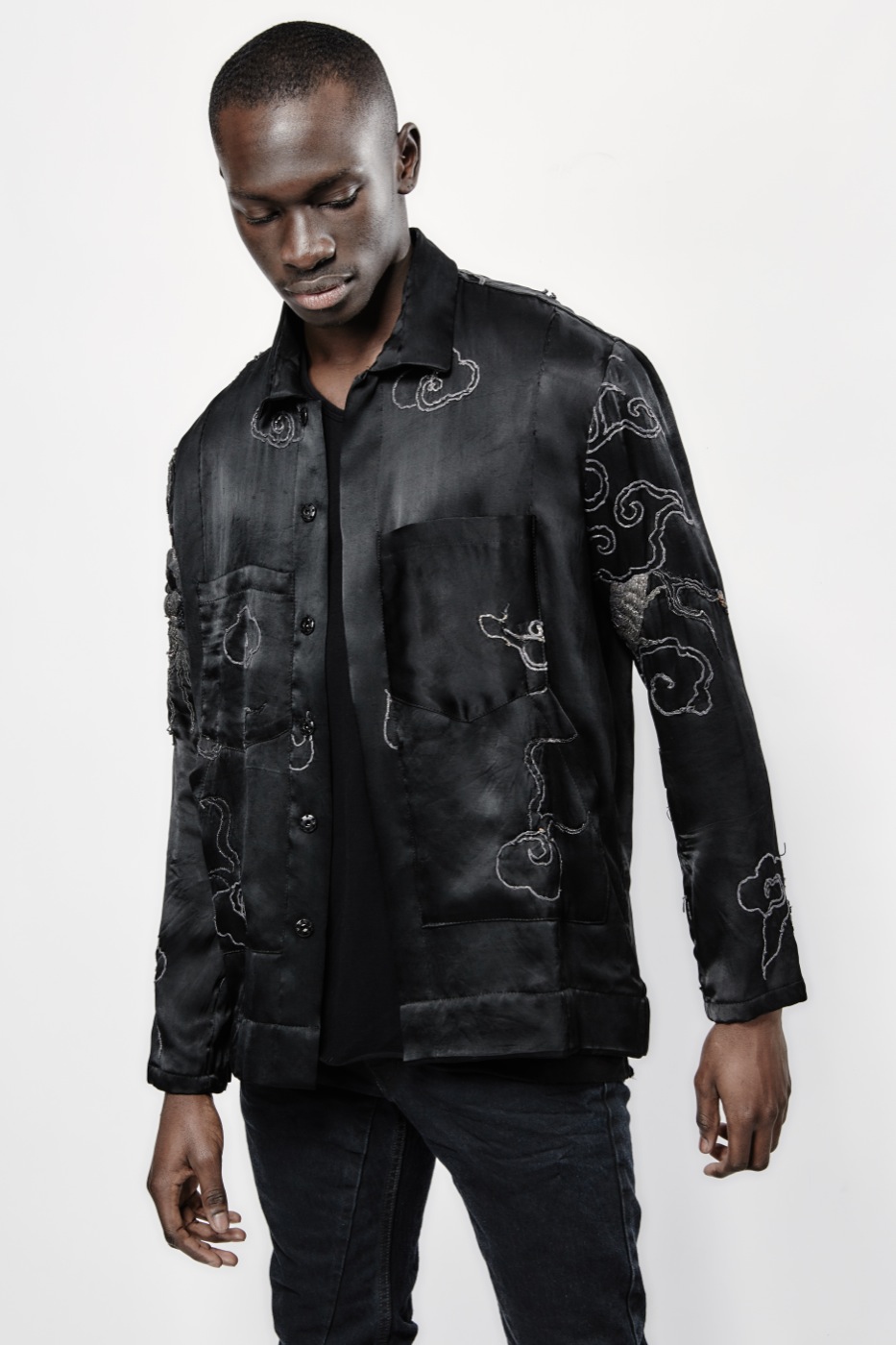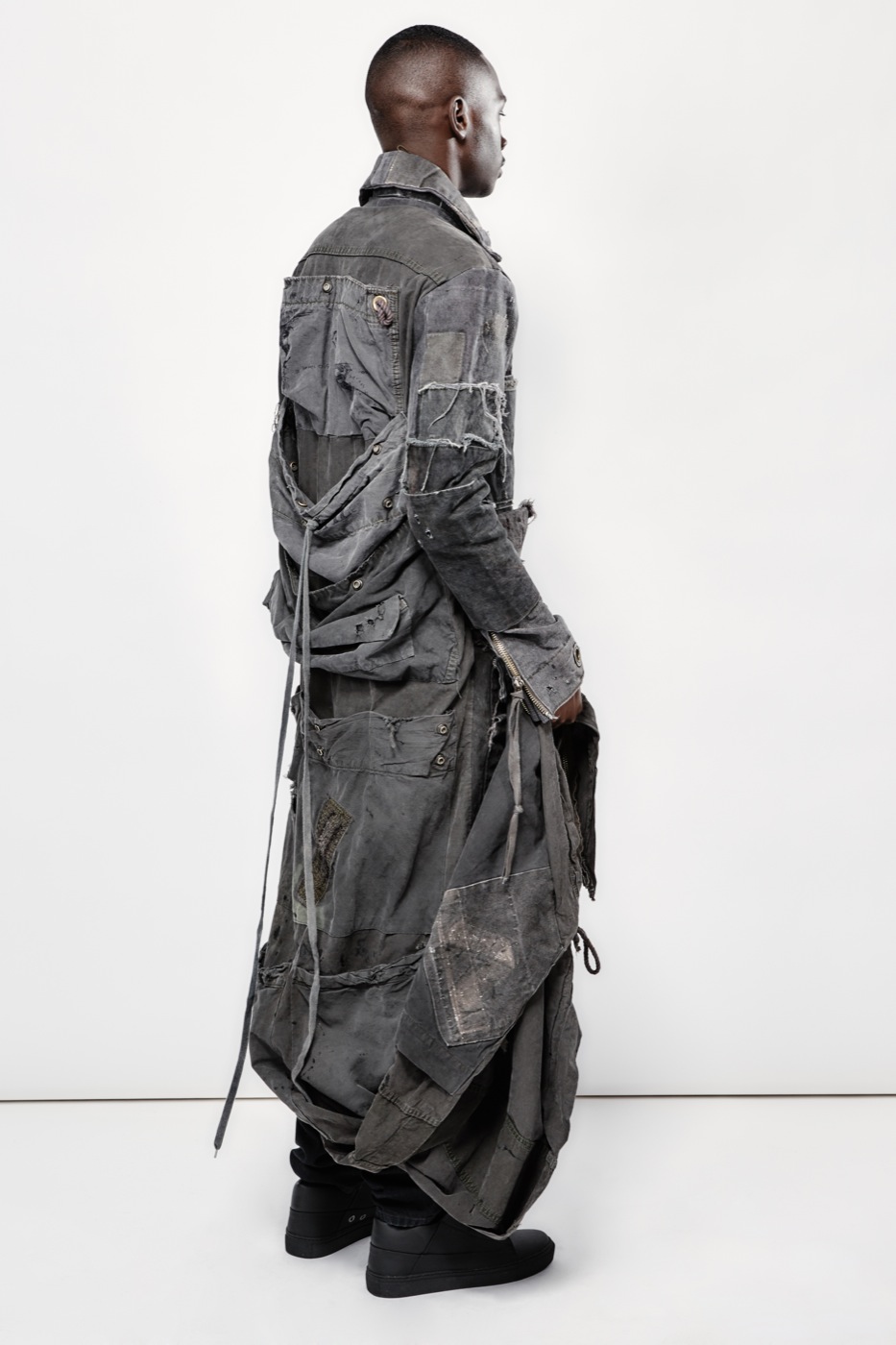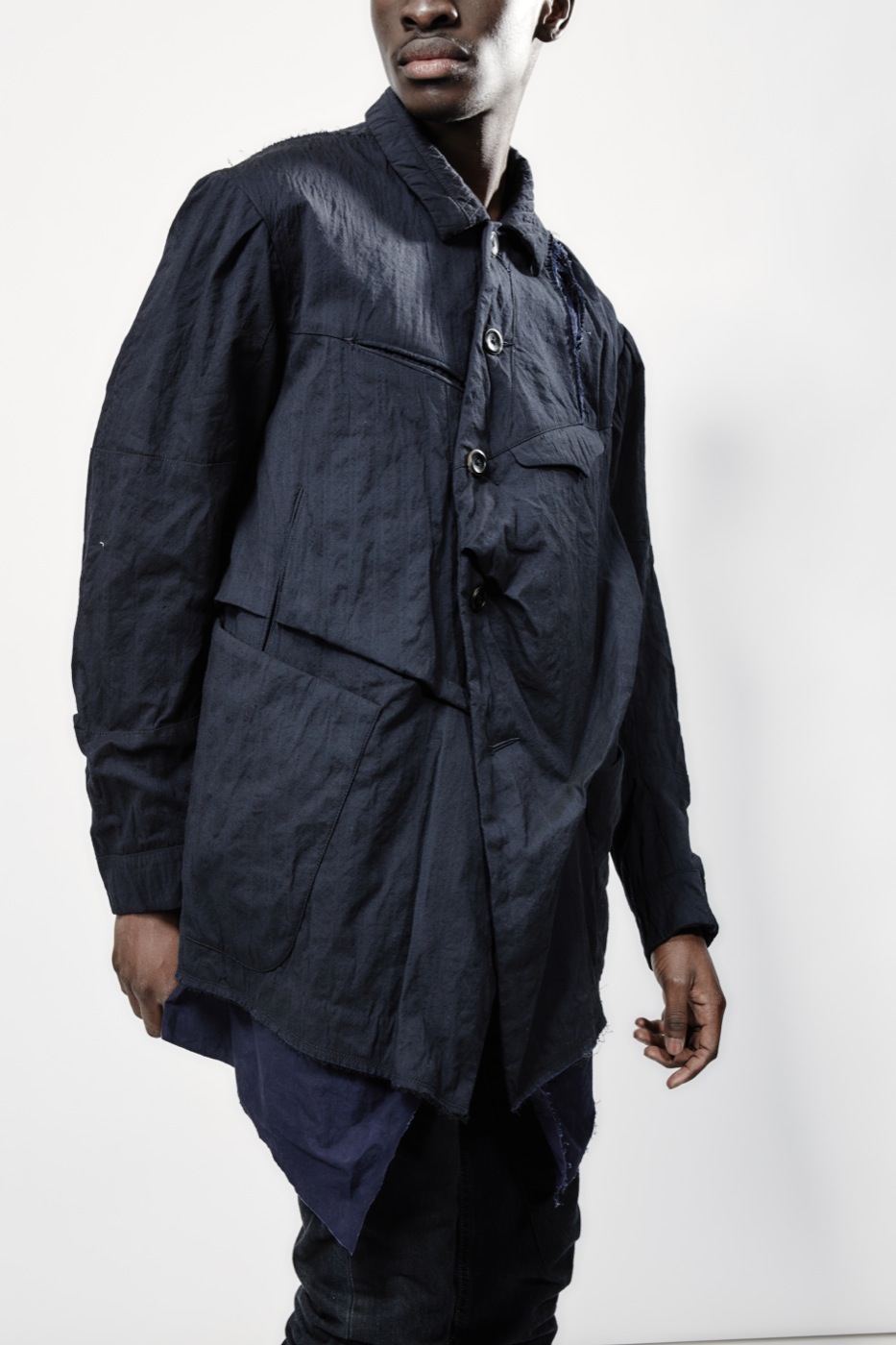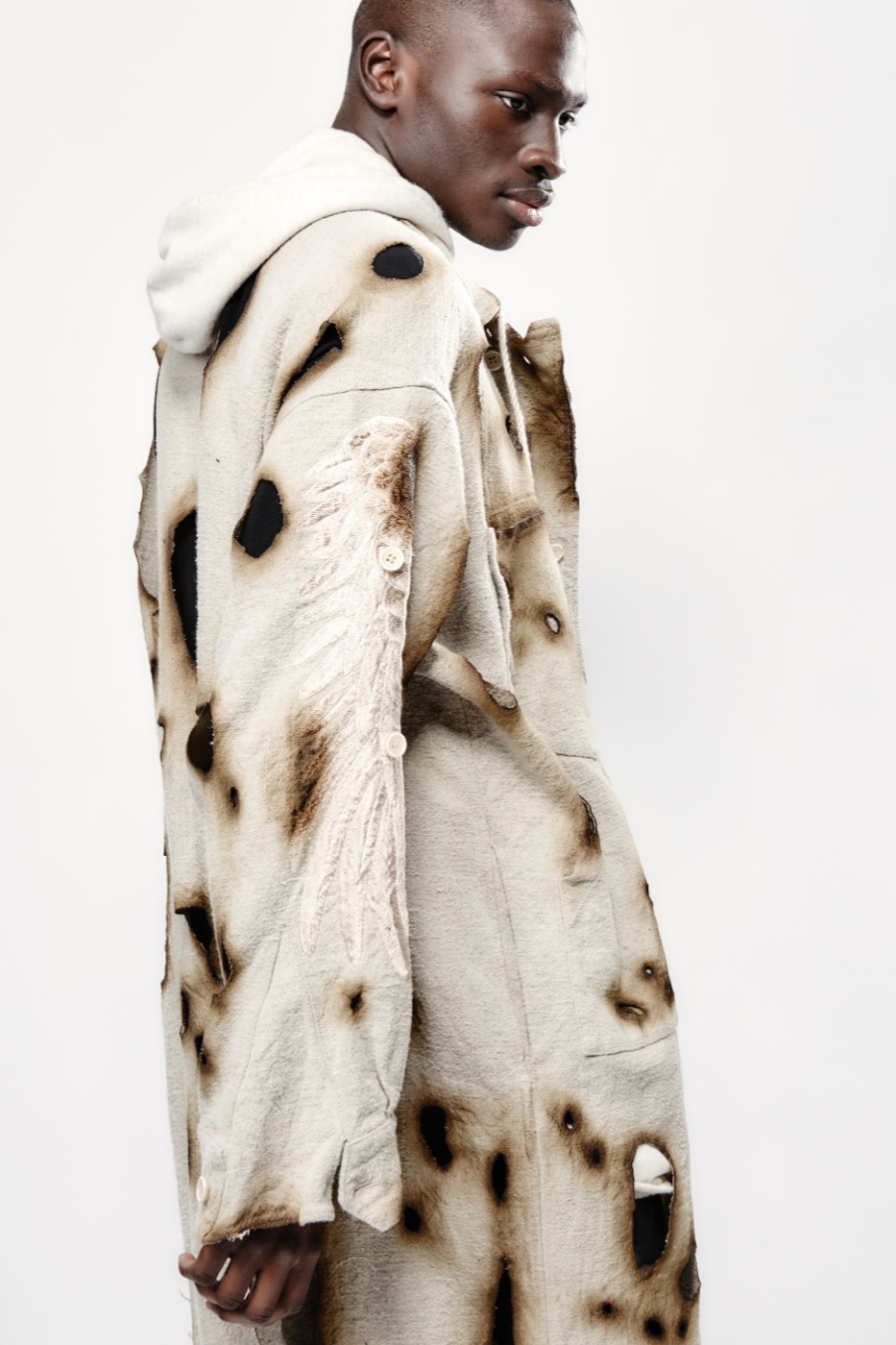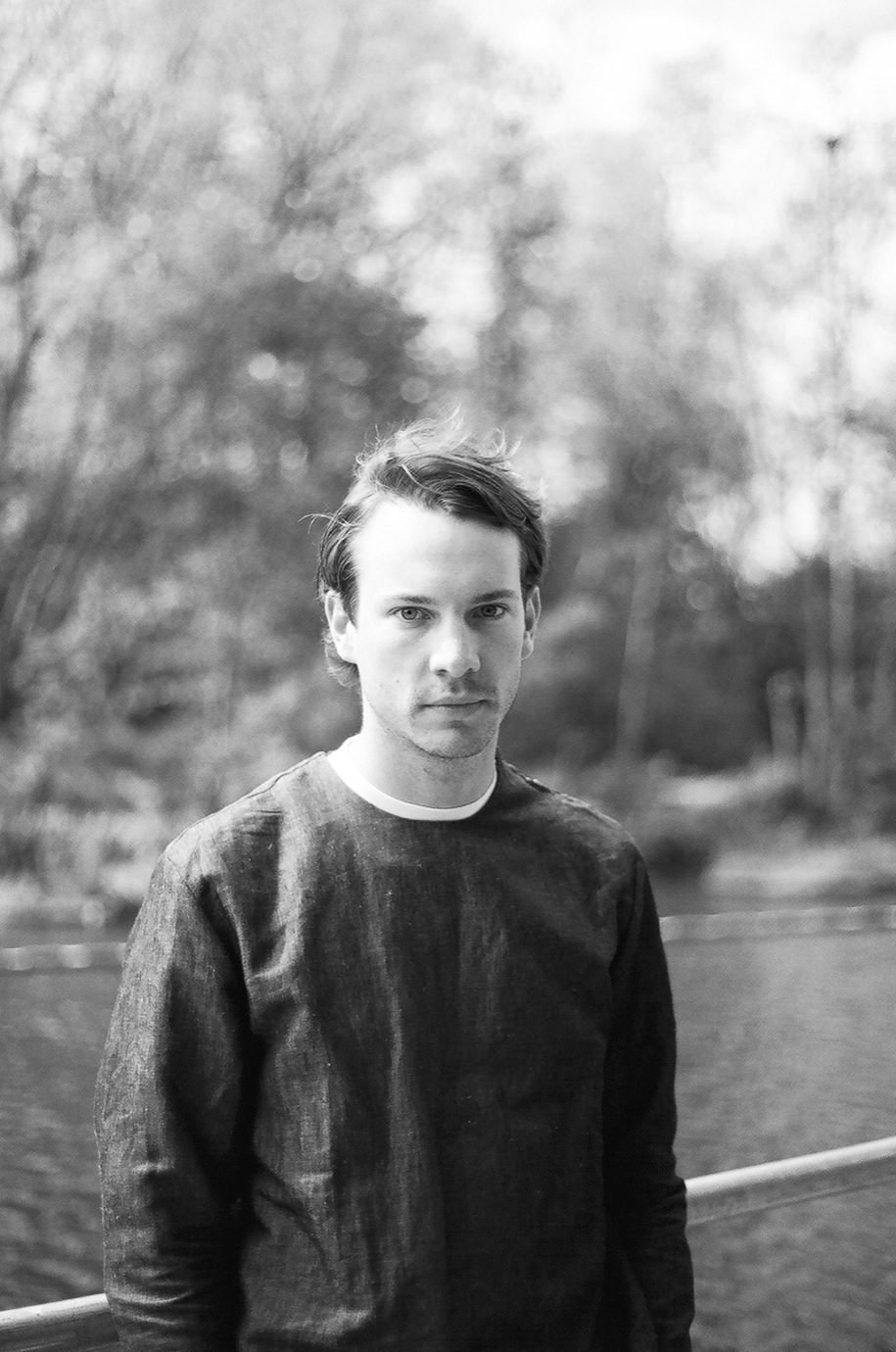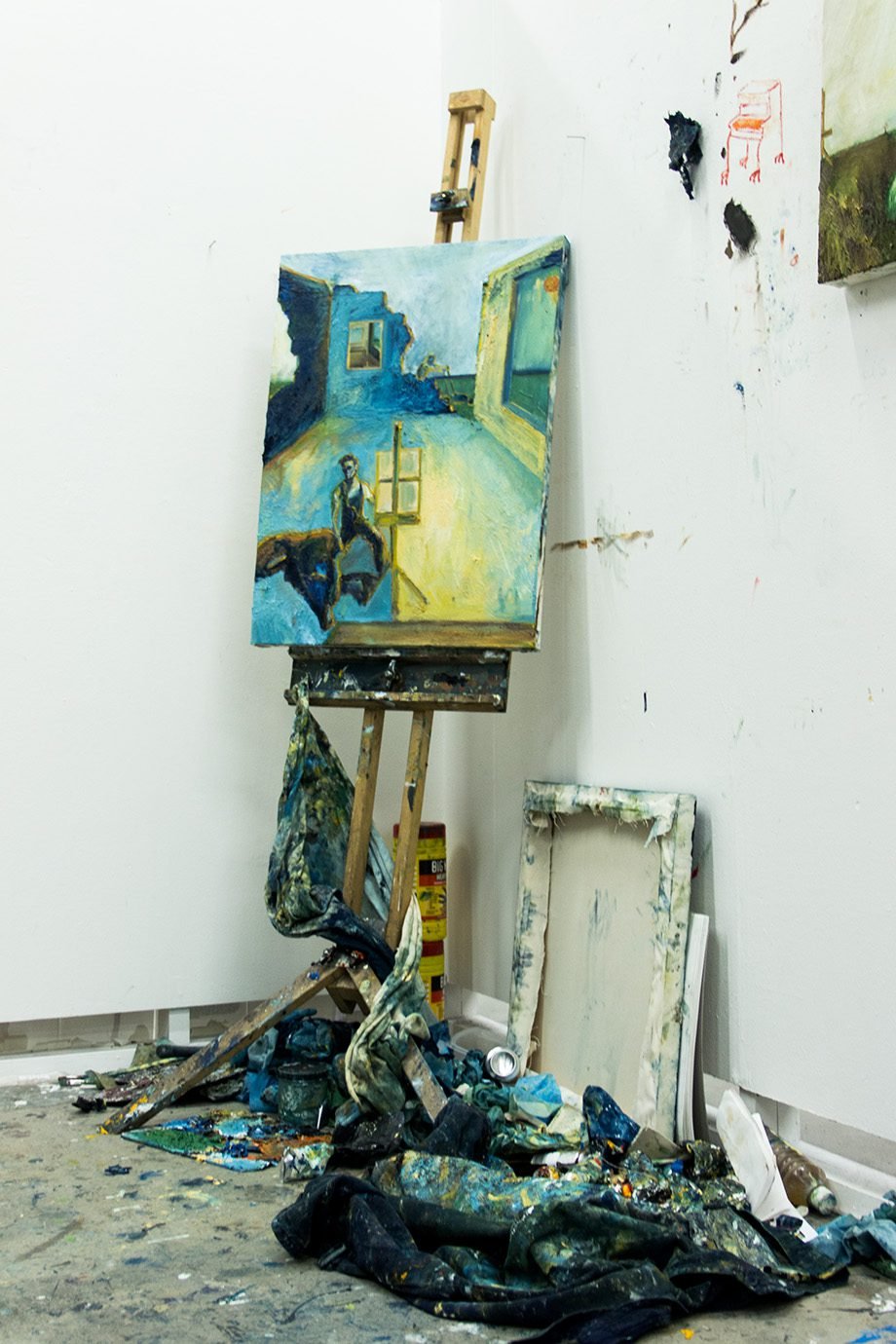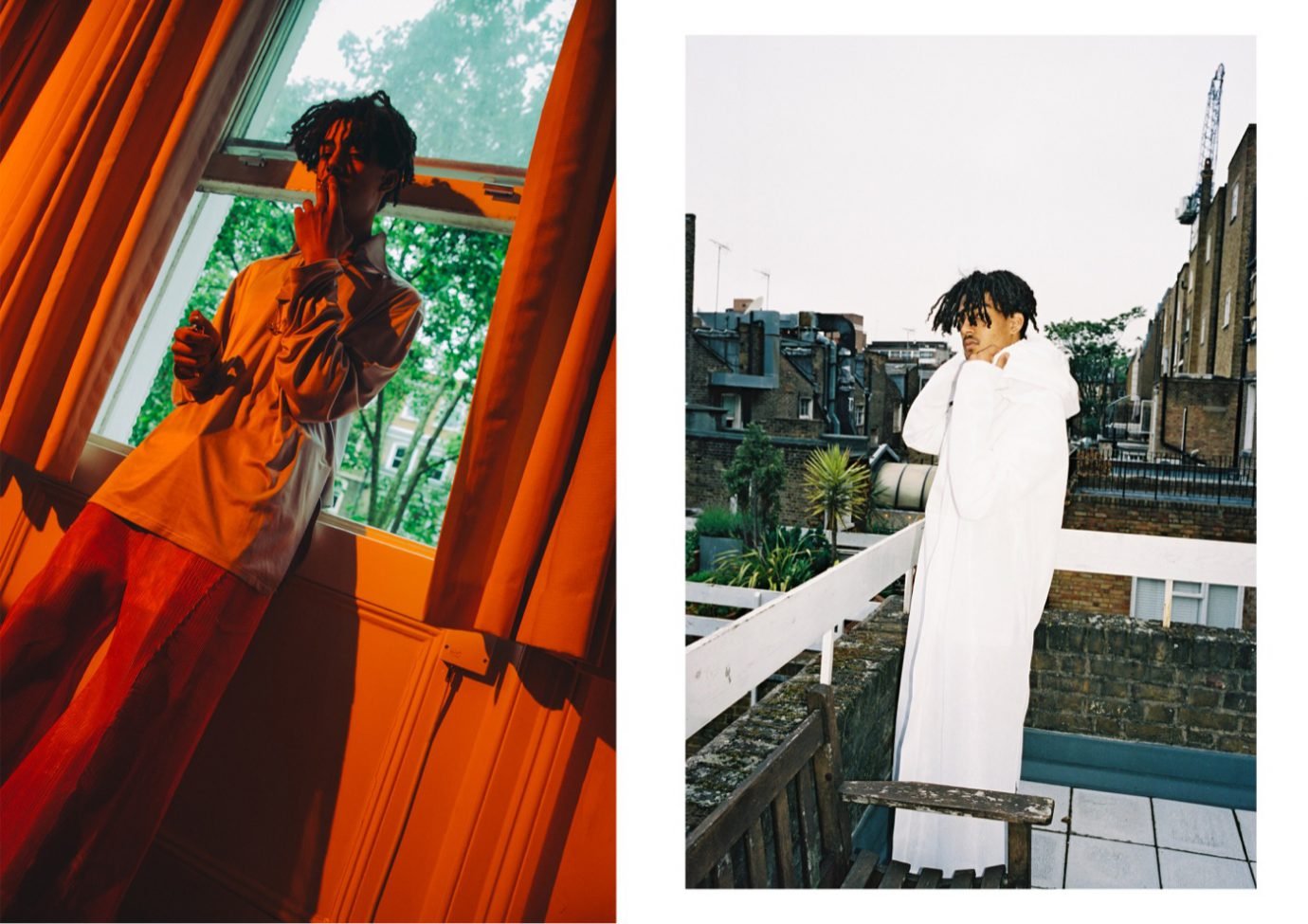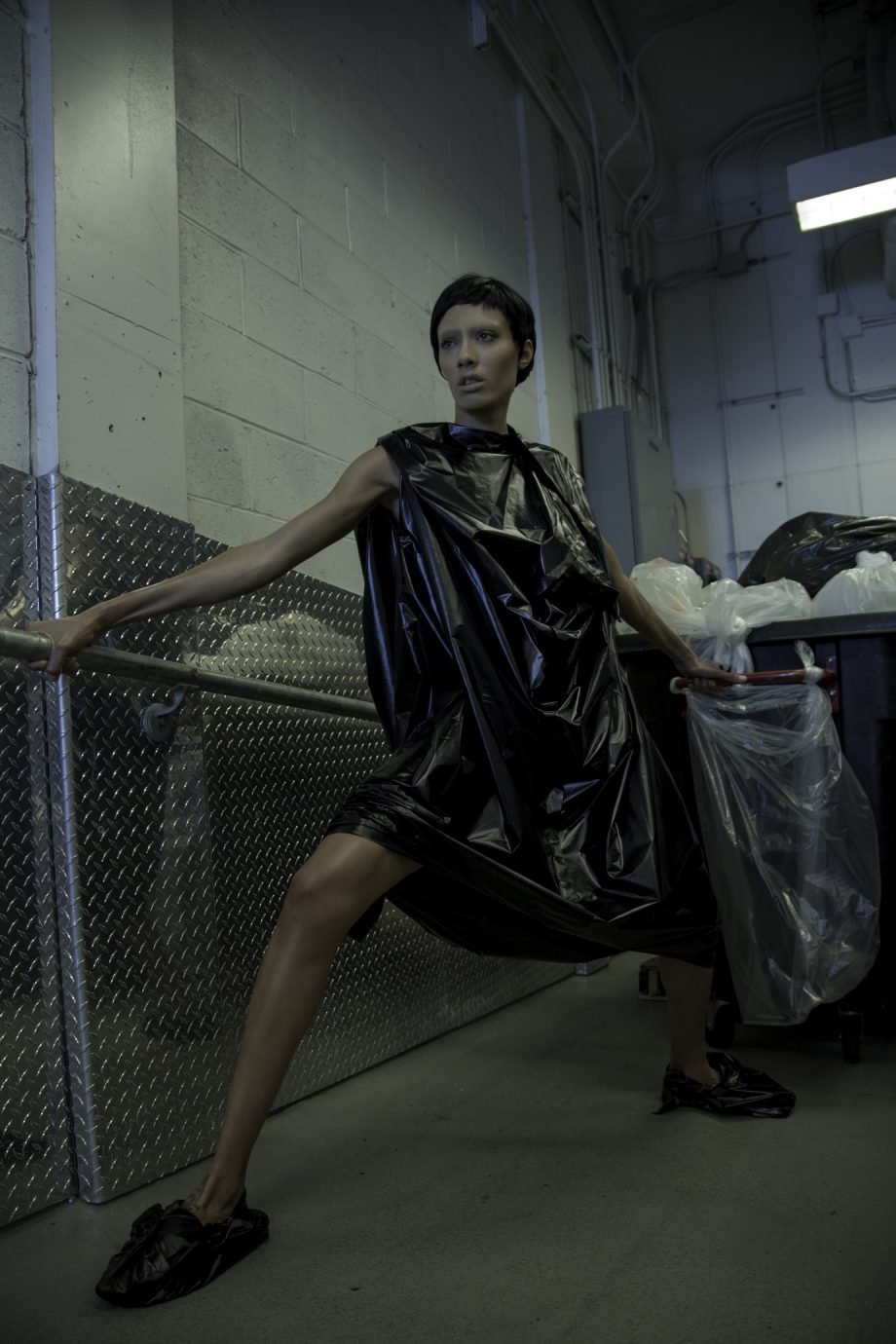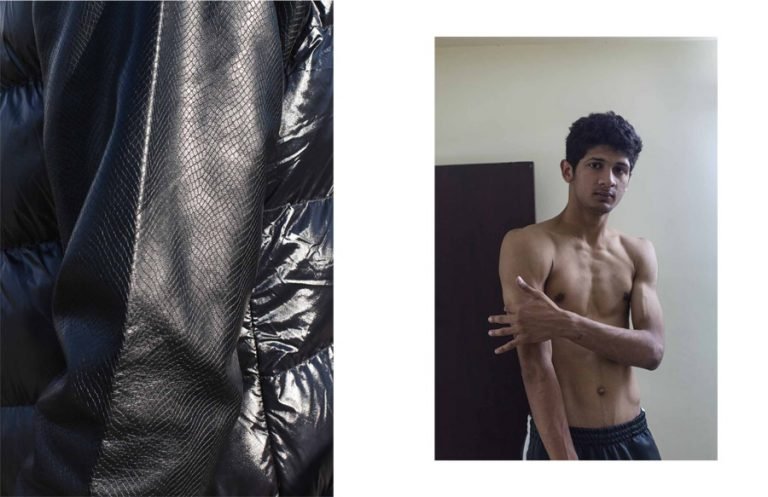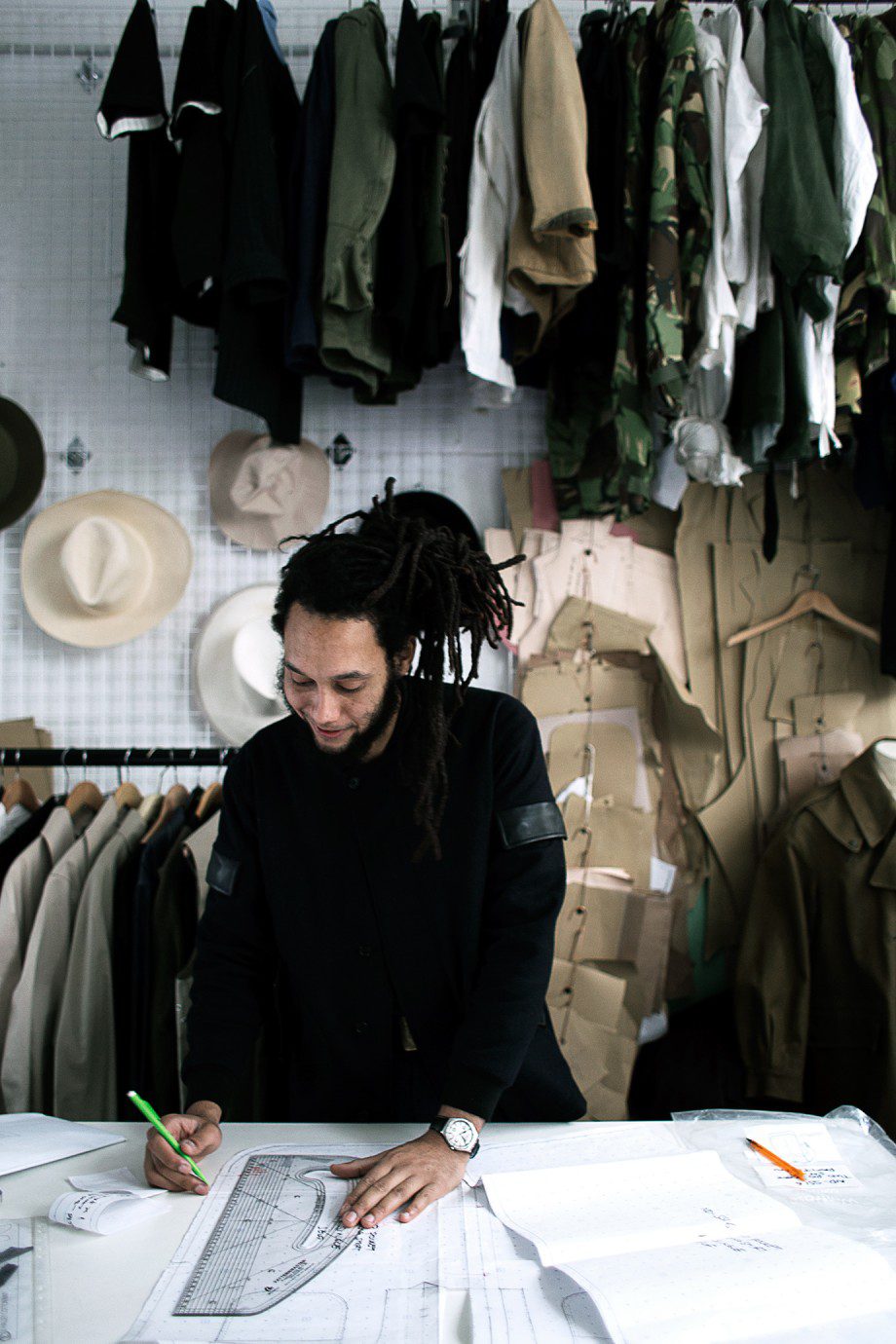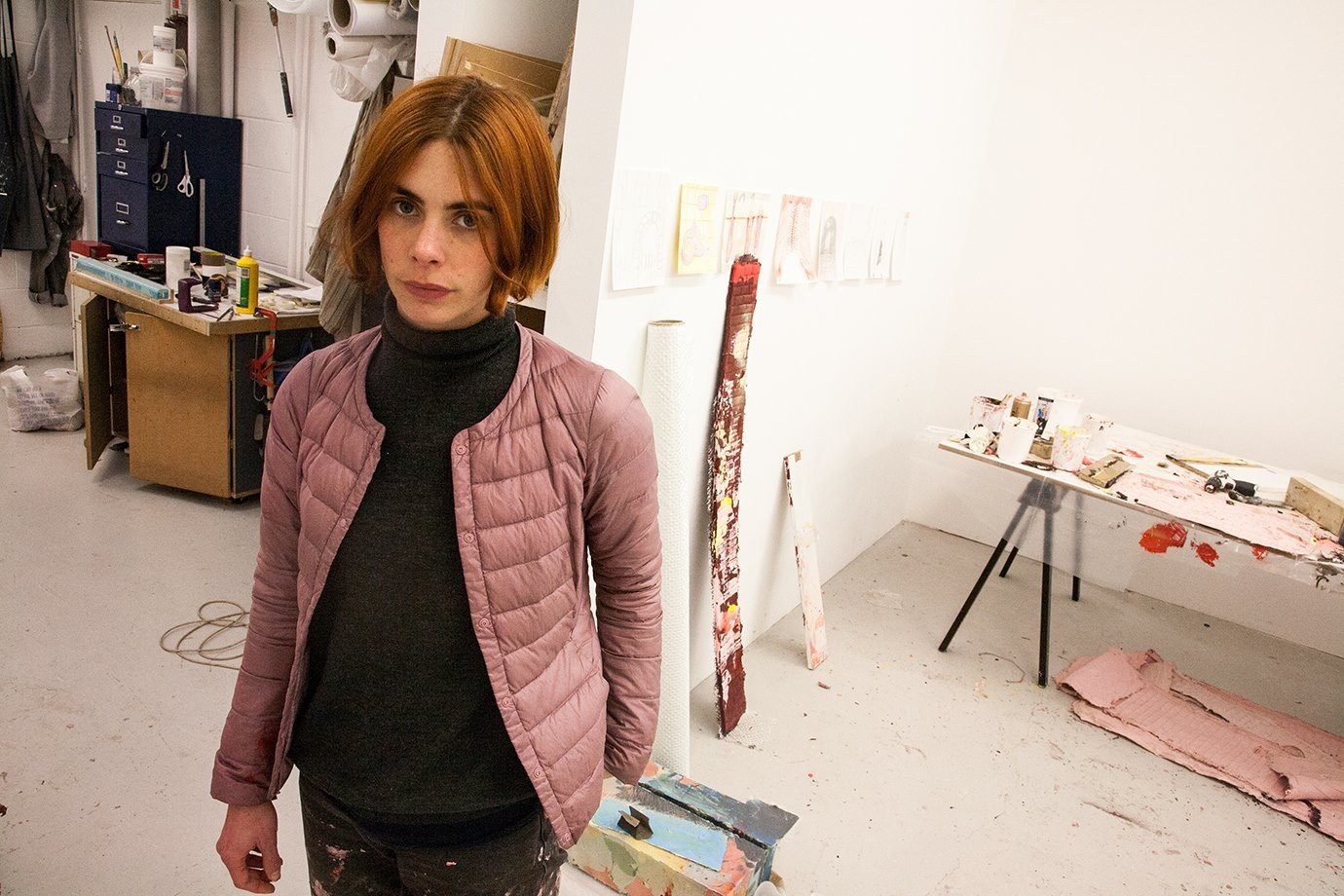We sat down with chief buyer Patrick Aramburu to hear his take on fresh talent, gathering a few essential points for strategic designers who want to know what the best time is to approach buyers (before, during or after fashion week?), his definition of bad quality and what you should focus on in your first season.
L’Eclaireur sure is a shop with a history and longevity in the Paris retail scene. Started by Armand Hadida 36 years ago, the boutique quickly became a destination for those seeking out emerging designers — something which the (now five!) shops still maintain as part of their core buying fundamentals. The stores are distinctly different from one another — you may not even find all of them; shrouded in a slight mystery with secret door openings, the whole lot — and are about more than ‘just fashion’ for garments’ sake. As Hadida once said in an interview with NOWFASHION: “Fashion is far from looking like a single note. What I mean is that it is only the basis of ‘sol-fa’, then you have to write the score, you have to compose this music. That’s what fashion is — it’s a set of personal expressions.”
“COLLECTIONS CAN BE SMALL AT THE BEGINNING. FOR EXAMPLE, IF YOU DON’T KNOW PRECISELY HOW TO PRODUCE EVERYTHING, MAKE IT SHORT, CONCISE AND SIMPLE.”
Looking at designers who just graduated and want to start their own thing, do they need to concentrate on skills like making the perfect cut and finishings? Or is this something you think the customer doesn’t care so much about anymore, and instead it’s all about creating a ‘look’?
It’s about having your own style, creativity, research, cuts. The rest comes afterwards.
Do you always approach the designers for l’Eclaireur or do they approach you?
If you call here and ask for the menswear buying, they will give you my email. Most of the time I do everything via e-mail, because it’s much easier, as opposed to having people come to the shop directly.
What’s the most important thing designers should keep in mind when they approach you?
You need pictures, because talk can just be talk. You can talk about your ideas as long as want, but if I don’t have any pictures, no garments… You can talk about collections for years and have very different ideas about what it really means.
Do you have any advice for designers who are just in their first seasons? What they should do or not do, what to concentrate on?
I think they can start to stick to one thing they know, something they really like. At the beginning, the designers could start to listen to everyone and change their mind, because professionals are saying that the market will change in a certain way. This is crazy. Designers are supposed to be having a kind of style and image. Forget about the market at the beginning, because if you start being subject to change that quickly — acting on what shops or fashion people are telling you — then you can turn crazy. Imagine someone who is listening to all the buyers from the shops: they are going to have 20 collections! [Laughs]
I think collections can be small at the beginning. For example, if you don’t know precisely how to produce everything, make it short, concise and simple.
So if someone approached you with just five dresses, do you think that’s a good strategy?
If it’s five shirts, yes. If it’s one shirt, one dress, one coat… it’s a little bit more difficult.
“DON’T KILL THE SEASON. WHO WANTS TO BUY WINTER IN APRIL? NO ONE. WOULD YOU BUY A COAT IN APRIL? I WOULD NOT.”
What is your stance on maintaining a good quality – should designers branch out to distant countries to produce or stay close to home?
You can have your production in India and they have very nice fabrics there. Someone going there is not a proof of bad quality. Bad quality is having something very cheap and you say it is very expensive.
The thing about having a small production is that it’s more expensive to produce one jacket than to produce a hundred. And then the factories — because you’re the last one, the small one who doesn’t have a minimum of quantity, minimum of pricing — they forget you. You have to be careful at the very beginning.
What do you think about the current debate on having so many different seasons?
I understand the idea of four, five or six collections. It’s interesting, because it kind of makes things easier for us, because we have things arriving to the shop continuously, and thus have something different for customers every month. But don’t kill the season. Who wants to buy winter in April? No one. Would you buy a coat in April? I would not.
Does the buying happen only during fashion weeks and official times, or can you buy collections somewhere in between — like you have a personal relationship with a designer?
It really depends. We are in Paris, so it is easy for some designers to come and see us whenever; outside the fashion week, for example, because that period is kind of short and pretty full. So people call when they’re in Paris, so maybe we see them much afterwards, when it’s more quiet for us and also for them. But that’s because we are in Paris and we have time to see anyone coming and passing by.
So it’s better for them to approach you after fashion week is over?
Or before. Paris Fashion Week is so short, there are so many collections to see, so many collections that we had to look at because maybe there is something very interesting in between it all. There’s not enough time. So I generally have to rush it. Maybe sending emails and coming to show your work before, that’s definitely worth it.

